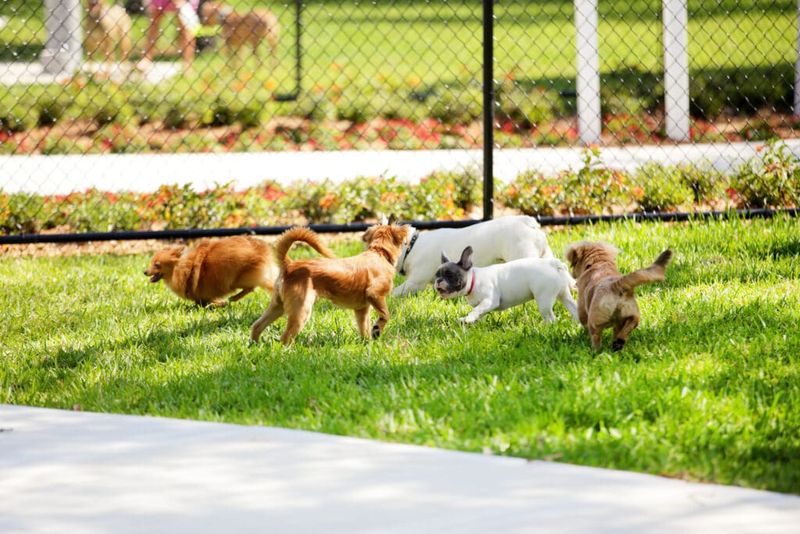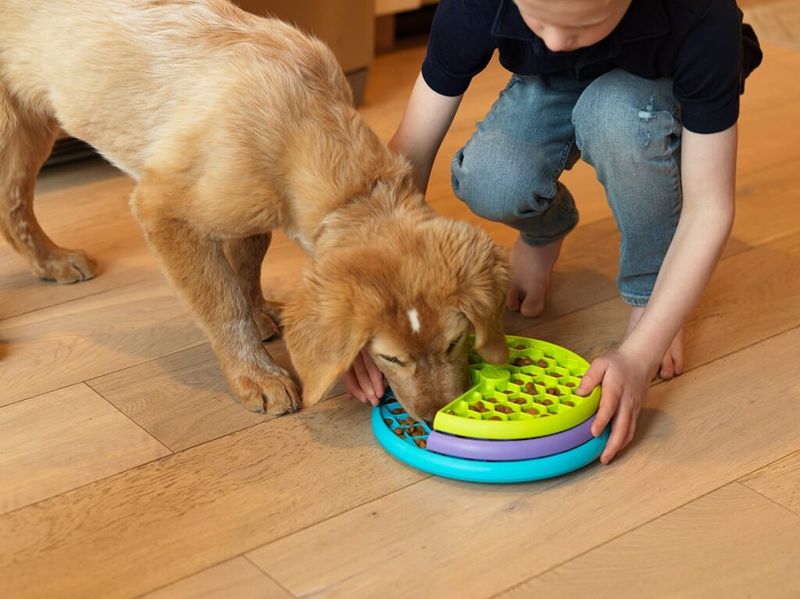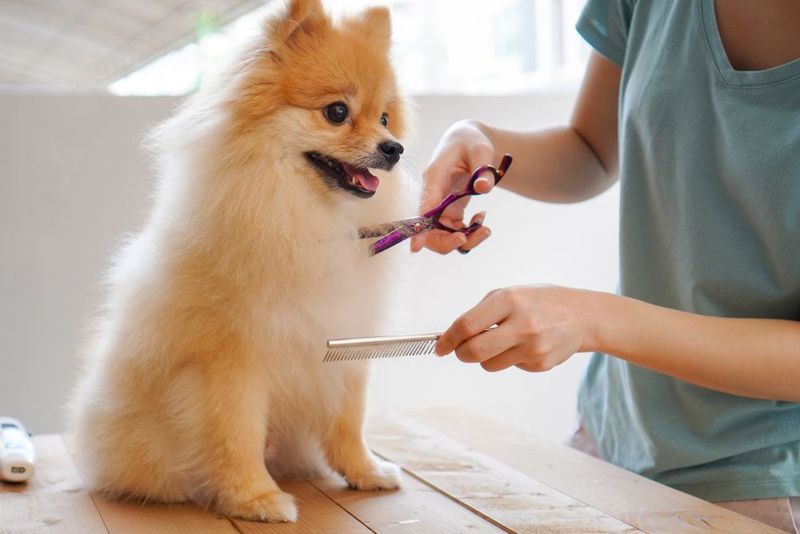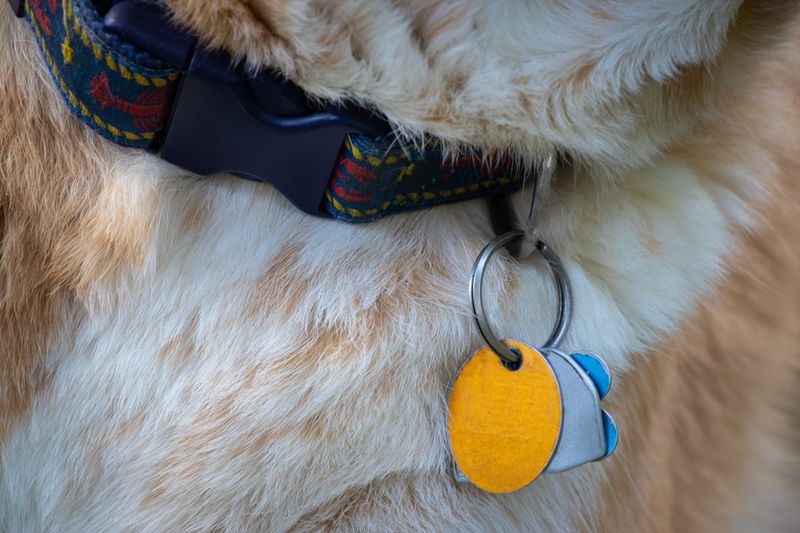Being a dog owner is a rewarding journey filled with joy and companionship. However, even the most loving pet parents can unknowingly make mistakes that affect their furry friend’s well-being. This blog post highlights 15 common errors dog owners might be making without realizing it. From neglecting dental care to misunderstanding body language, these insights aim to foster a healthier and happier relationship between you and your canine companion.
Neglecting Dental Care
A bright smile isn’t just for humans. Dental health is crucial for dogs, yet many owners overlook it. Untreated dental issues can lead to pain and infections. Regular brushing and vet check-ups are key. Consider starting a dental routine early to keep your dog’s teeth and gums healthy. After all, a happy mouth makes for a happy dog.
Did you know? Some breeds are more prone to dental problems due to their mouth structure. Pay special attention if your dog is a small breed, as they’re often more susceptible.
Feeding Table Scraps
Those puppy eyes are hard to resist. Yet, feeding your dog table scraps can lead to obesity and nutritional imbalances. Many human foods are unhealthy or even toxic for dogs. Instead, stick to a diet designed for their needs. This ensures they get the right nutrients and maintain a healthy weight.
Overfeeding can also lead to behavioral issues. Dogs may learn to beg or steal food, creating problems in the long run. Providing healthy treats and teaching proper boundaries can help manage this common mistake.
Skipping Regular Exercise
Exercise isn’t just for fitness enthusiasts. Dogs need regular physical activity to stay healthy and happy. Lack of exercise can lead to obesity, anxiety, and destructive behavior. Tailor the level of activity to your dog’s breed and age. Most dogs thrive on daily walks and playtime.
Engaging them in activities like fetch or agility training can enhance their physical and mental well-being. Remember, a tired dog is a good dog. They will be more relaxed and content after a good workout.
Ignoring Socialization
Socialization is essential for a well-adjusted dog. Dogs that miss out on early social experiences may become fearful or aggressive. Introduce your puppy to various environments, people, and other animals. Early exposure helps them develop confidence and adaptability.
Training classes and playdates are excellent opportunities for social growth. A well-socialized dog is generally more approachable and happier. This foundational aspect of raising a dog is often underestimated by new owners.
Using Harsh Training Methods
Positive reinforcement builds trust and encourages learning in dogs. Harsh training methods can lead to fear and anxiety. Using treats and praise fosters a positive learning environment. Dogs respond better to kindness and consistency than punishment.
Training should be a fun and rewarding experience for both you and your pet. Enrolling in a gentle training course can also provide valuable insights. Remember, every dog learns at its own pace, so patience is crucial.
Neglecting Mental Stimulation
Dogs need mental exercise as much as physical. Boredom can lead to destructive behaviors, as dogs seek ways to entertain themselves. Interactive toys and puzzle games can keep their minds sharp. Providing mental challenges helps prevent these issues and promotes overall well-being.
Activities like hide-and-seek or teaching new tricks can also be stimulating. Keeping your dog’s brain active can be incredibly rewarding for both parties, enriching your bond.
Overlooking Grooming Needs
A well-groomed dog is a happy dog. Regular grooming is essential for their health and comfort. Neglecting this can lead to matting, skin issues, and discomfort. Grooming isn’t just about appearance; it’s about ensuring your dog’s well-being.
Different breeds have different grooming needs, so tailor your approach accordingly. Regular baths, brushing, and nail trimming are vital. These routines also provide an opportunity to check for abnormalities, keeping your dog in tip-top shape.
Misinterpreting Body Language
Understanding your dog’s body language is key to effective communication. Misinterpretations can lead to misunderstandings and stress. Dogs communicate with their tails, ears, and posture. Learning these cues can help you respond appropriately.
A wagging tail doesn’t always mean happiness; it could indicate anxiety or excitement. By paying attention to these signals, you can enhance your relationship and avoid potential conflicts. This understanding deepens the bond between you and your furry friend.
Skipping Veterinary Visits
Regular veterinary visits are crucial for your dog’s health. They help detect issues early, ensuring a long and healthy life. Skipping these appointments can lead to overlooked health problems. Vets provide vaccinations, dental care, and advice on nutrition and behavior.
Routine check-ups are a proactive approach to your dog’s well-being. They also keep you informed about the latest health care recommendations. Investing in regular vet visits is an investment in your pet’s happiness and longevity.
Ignoring Breed-Specific Needs
Every dog breed has unique needs that should be met for optimal health and happiness. Ignoring these can lead to behavioral and health issues. Research your dog’s breed to understand its specific requirements. This includes exercise, grooming, and dietary needs.
Breed-specific activities can also enhance their quality of life. For example, herding breeds often excel in agility training. Addressing these needs ensures a fulfilled and balanced life for your dog.
Leaving Dogs Alone for Long Periods
Dogs are social animals and thrive on companionship. Leaving them alone for extended periods can lead to anxiety and behavioral issues. If you work long hours, consider doggy daycare or a pet sitter.
Ensuring they have toys and activities can help keep them occupied in your absence. Regular interaction and affection are crucial for their emotional well-being. A lonely dog may develop separation anxiety, impacting its quality of life.
Using Inappropriate Toys
Selecting the right toys is vital for your dog’s safety and enjoyment. Inappropriate toys can pose choking hazards or break easily. Choose toys that are durable and suitable for your dog’s size and chewing habits. Avoid toys with small parts or non-edible components that can be swallowed.
Interactive toys that stimulate their senses and curiosity are ideal. Rotating toys regularly keeps playtime exciting and engaging. Ensuring safe and enjoyable play is key to a happy and healthy pet.
Incorrect Feeding Portions
Feeding your dog the right portions is essential for maintaining a healthy weight. Overfeeding or underfeeding can lead to obesity or malnutrition. Consult your vet to determine the correct amount based on your dog’s age, breed, and activity level.
Using a measuring cup helps avoid portion mistakes. A balanced diet ensures your dog gets all the necessary nutrients. Monitoring your pet’s weight and adjusting portions as needed promotes a long and healthy life.
Ignoring Signs of Stress
Dogs express stress in various ways, such as excessive barking, panting, or pacing. Ignoring these signs can exacerbate their anxiety. Identifying stress signals early allows for timely intervention.
Comforting your dog and providing a safe environment are crucial responses. In some cases, consulting a professional trainer or vet may be necessary. Understanding and addressing stress can significantly improve your pet’s quality of life.
Forgetting to Update ID Tags
Keeping your dog’s ID tags up to date is vital for their safety. If your dog gets lost, having current contact information increases the chances of a safe return. Regularly check the tags for legibility and wear.
Microchipping is an additional precaution that provides permanent identification. Ensuring your pet can find its way back to you offers peace of mind. These simple steps help protect your furry friend in unforeseen circumstances.















